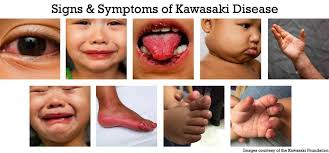Kawasaki Disease is a significant pediatric condition that requires attention due to its potential for severe complications and the challenges in early diagnosis. For UPSC aspirants, understanding Kawasaki Disease provides insights into the complexities of healthcare delivery, child welfare, and the role of scientific research in addressing non-communicable diseases. Strengthening public health infrastructure and awareness can pave the way for better management and outcomes for affected children.









